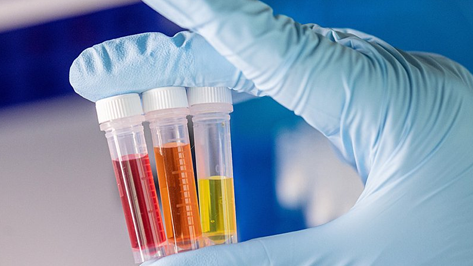IN-VITRO DIAGNOSTICS
In-vitro diagnostics
In-vitro diagnostics are tests performed on cells, tissues or body fluids in the laboratory. These tests can be used to diagnose disease, monitor the progression of a disease and improve treatment efficacy. In-vitro diagnostics also have many uses outside of clinical settings: they are used for research and development; to test new drugs; or even just to study how drugs work in people with certain conditions.
Benefits of In-Vitro Diagnostics
In-vitro diagnostics (IVD) are a key tool that can be used to save time, money, and lives. IVD testing allows for early detection of diseases before they spread, which means fewer hospital visits and treatments. It also allows for early treatment of diseases, which means less missed work days or days off with pay due to illness or injury. Finally, IVD testing can help prevent the onset of certain diseases by detecting them at an earlier point in the process than traditional methods allow

Advantages of In-Vitro Diagnostics
In-vitro diagnostics are a more accurate, less expensive and less invasive way to test for cancer. These tests can be performed on samples taken from your body or from a biopsy of tissue removed during surgery. The samples are tested in an incubator that simulates the body's environment, where they grow until they reach maturity and begin to divide normally. When the cells have finished dividing, they're ready for analysis by lab technicians using special microscopes that allow them to see how many cells contain DNA containing specific markers associated with cancerous growths.
Accuracy:
In-vivo diagnostic techniques such as biopsies may not yield results if there are too few cells present in the tissue sample being tested; however this is not an issue when using in vitro techniques because there are thousands upon thousands more cells present than would normally be seen if you were simply removing some tissue from your body naturally through surgery (which also means these methods aren't always 100%.
